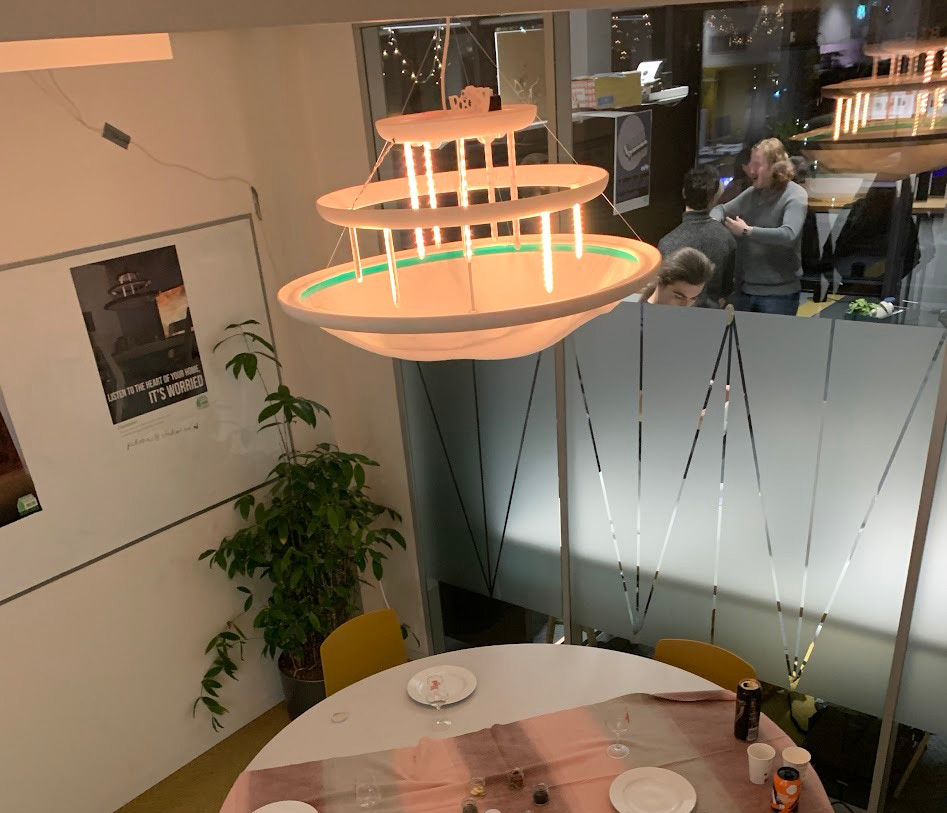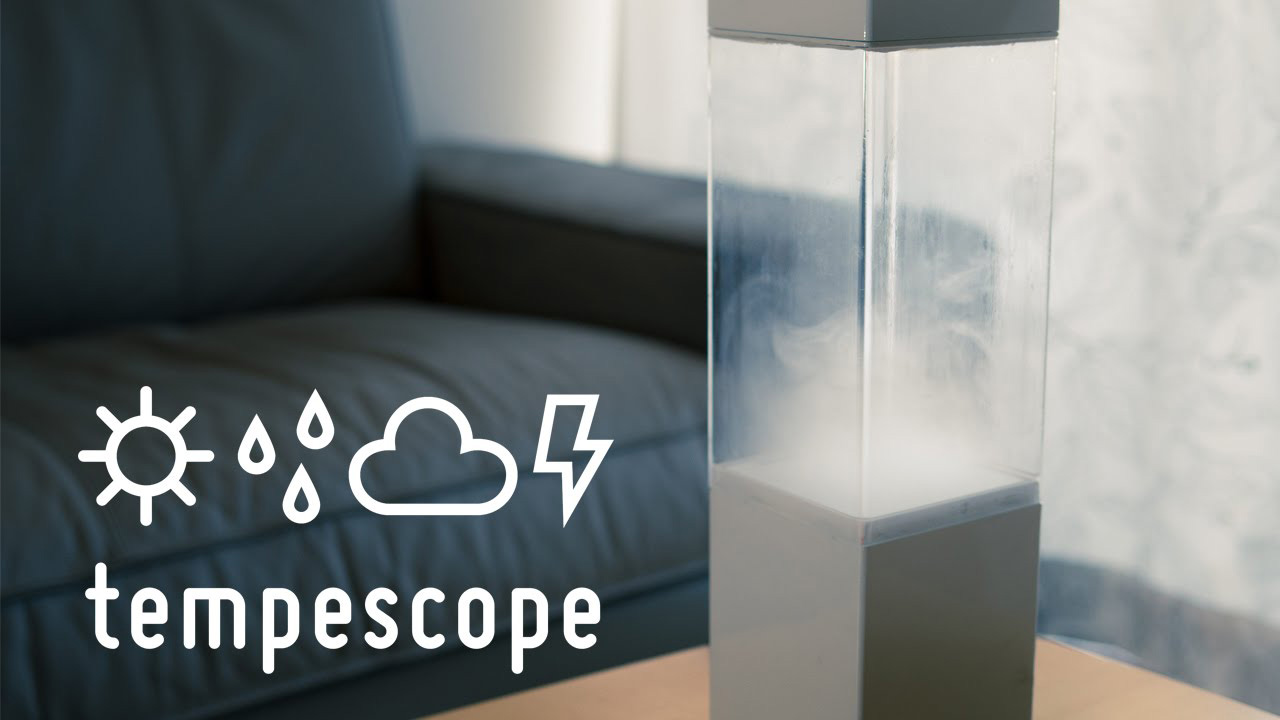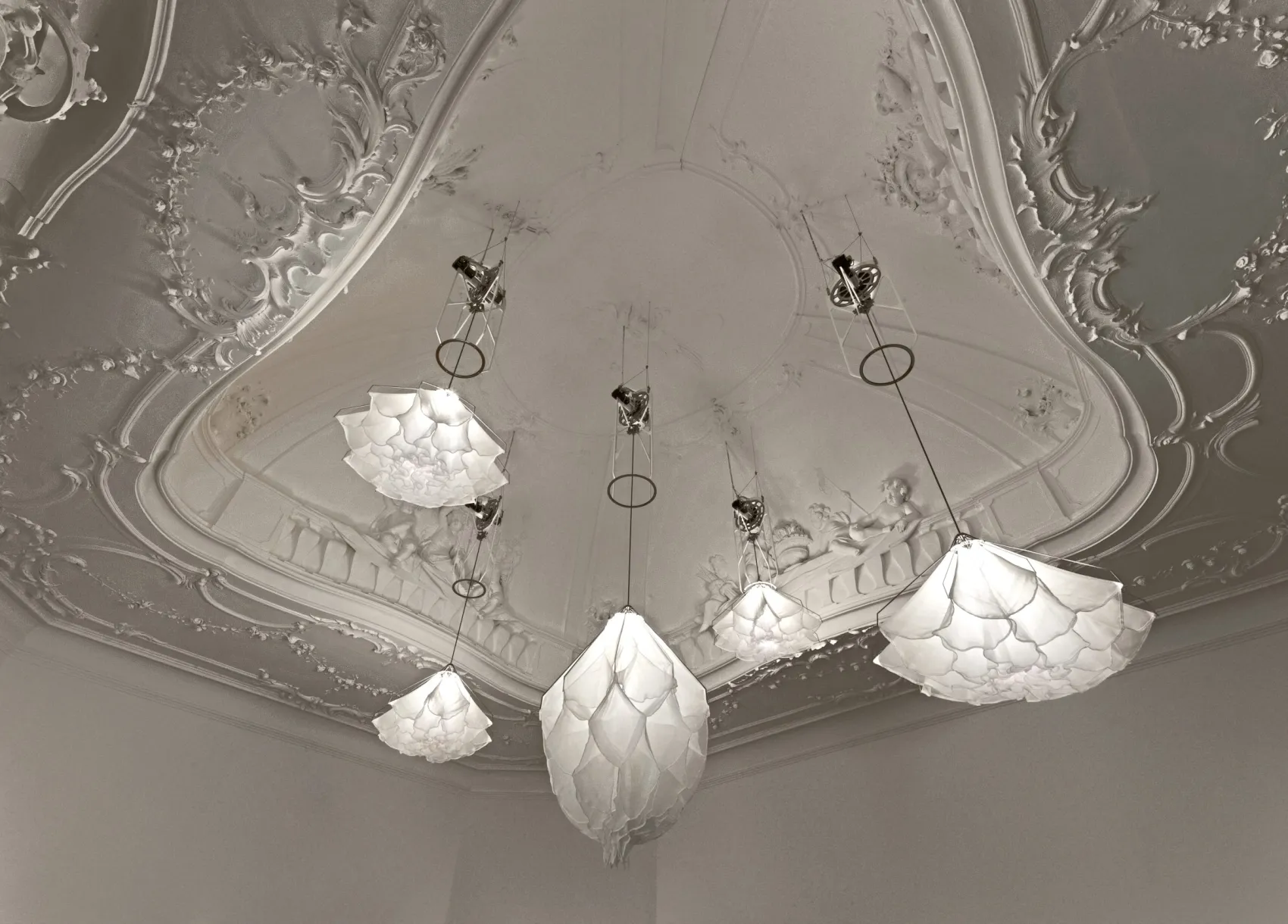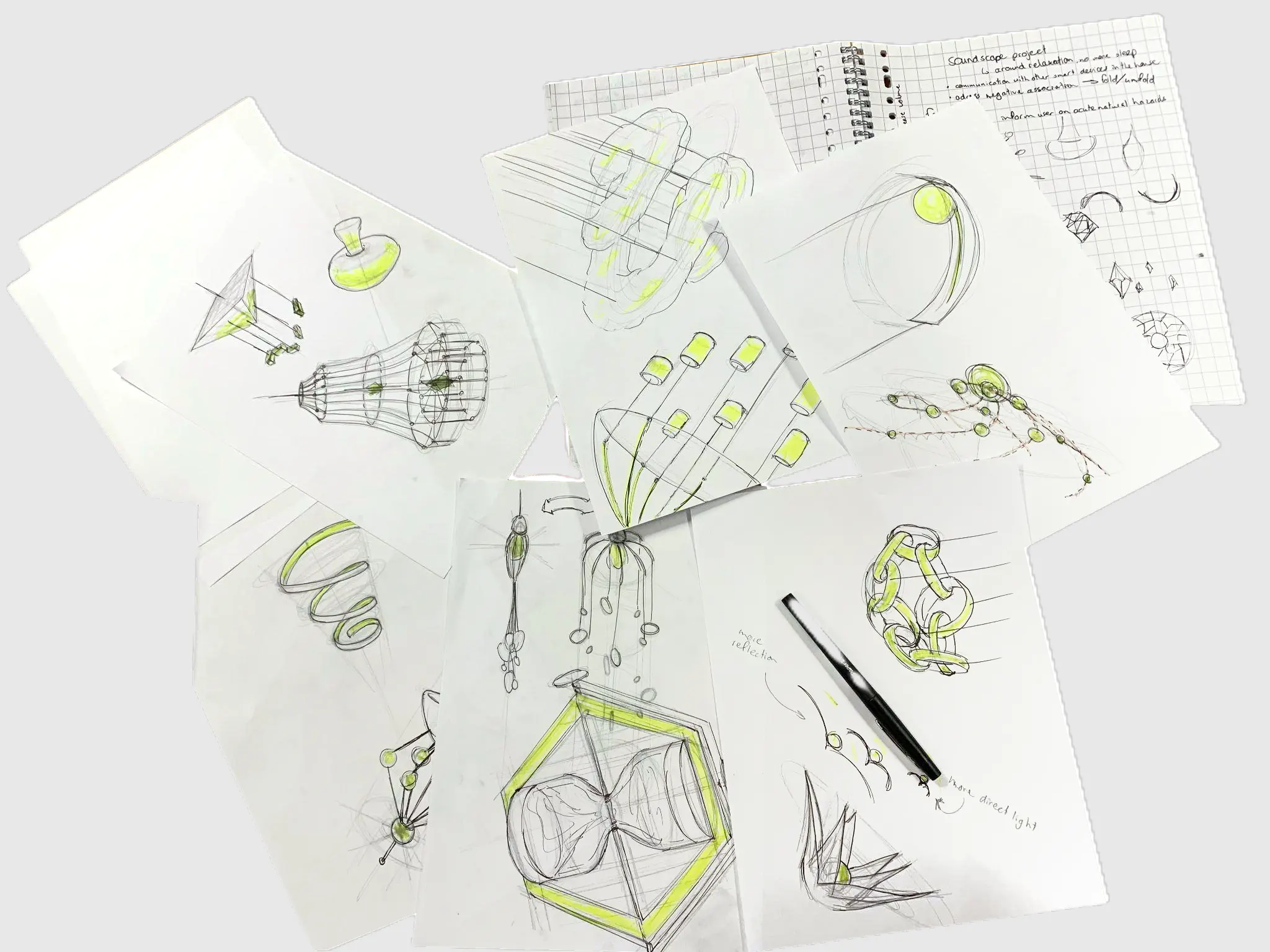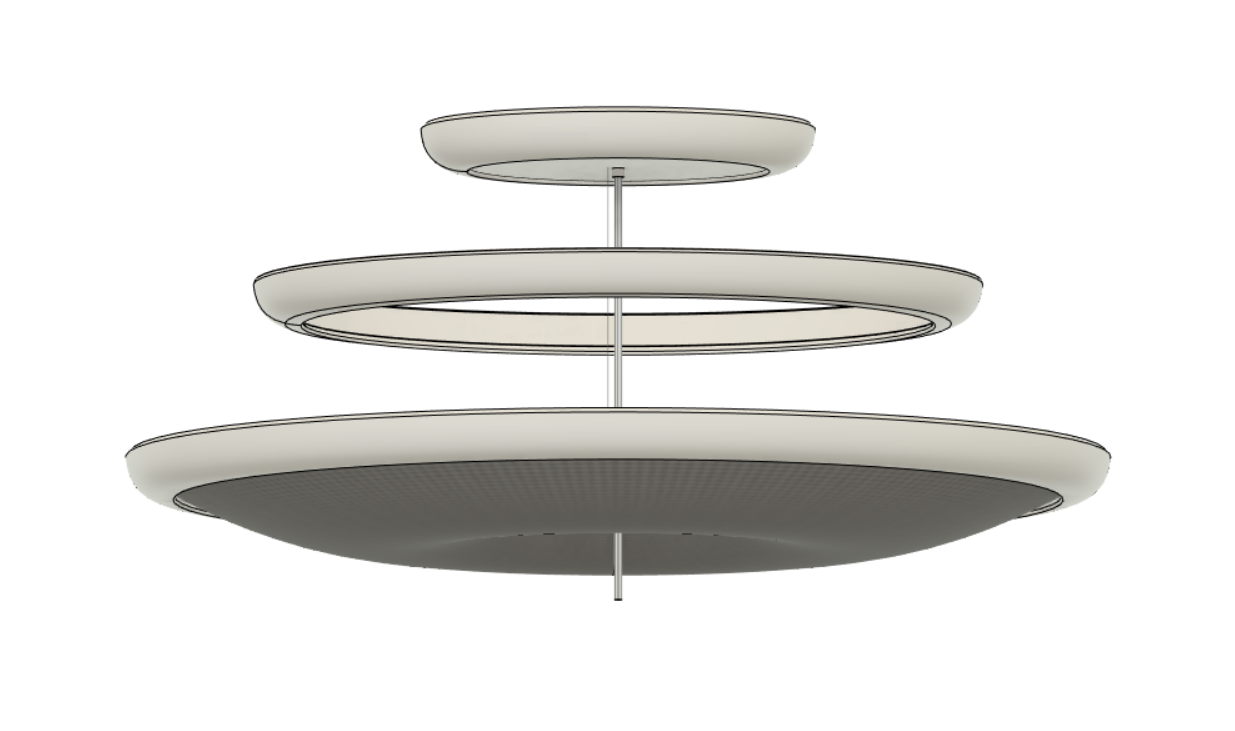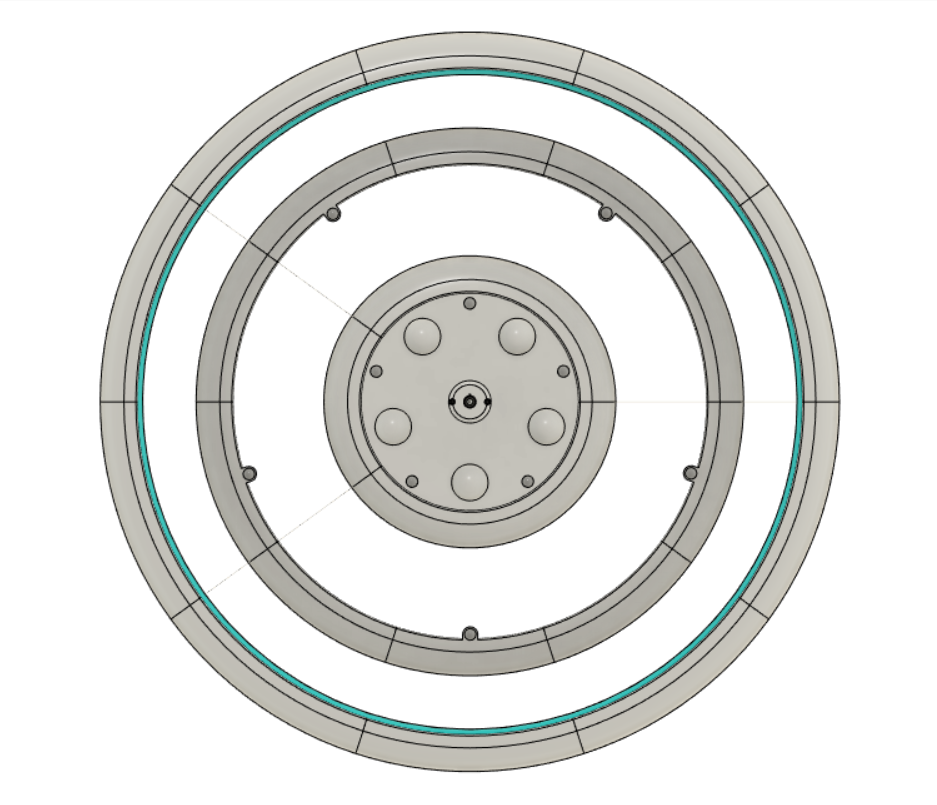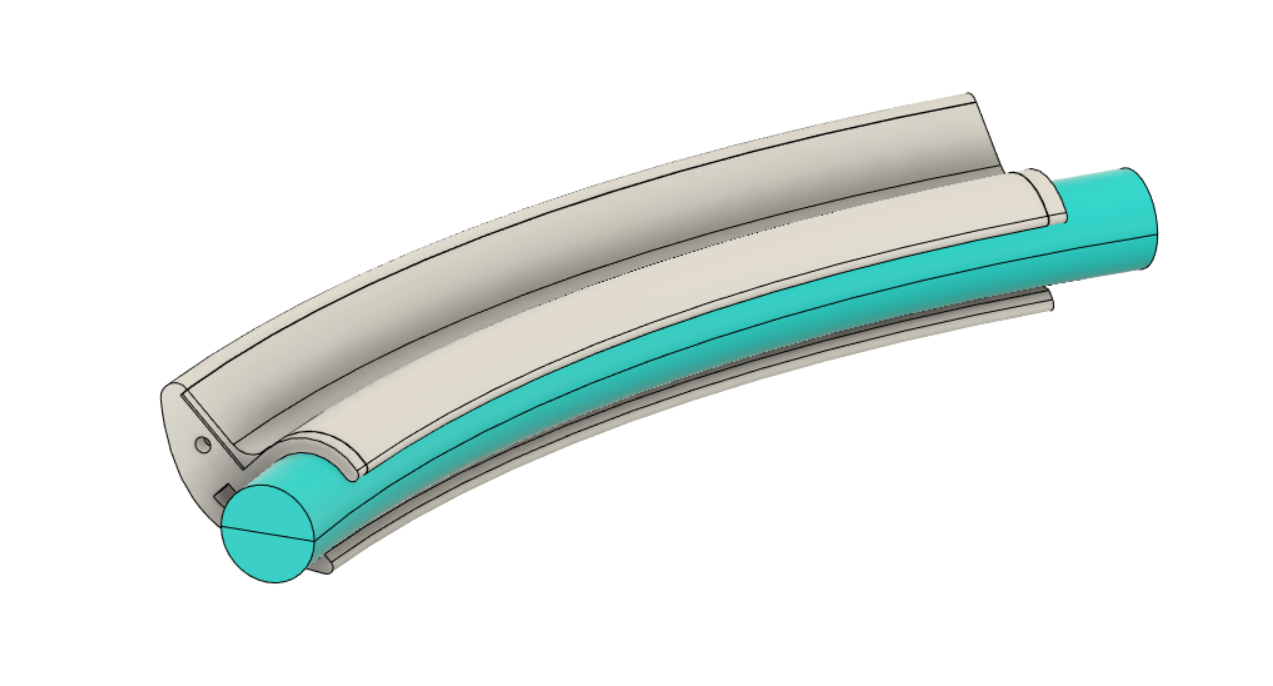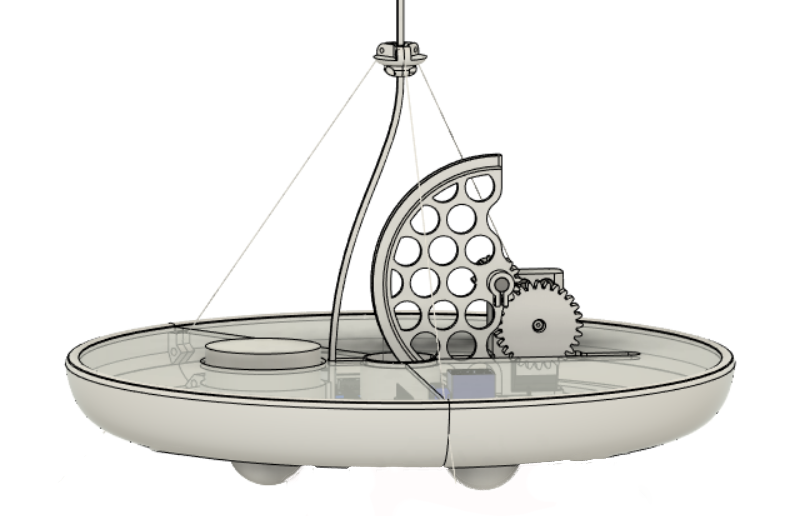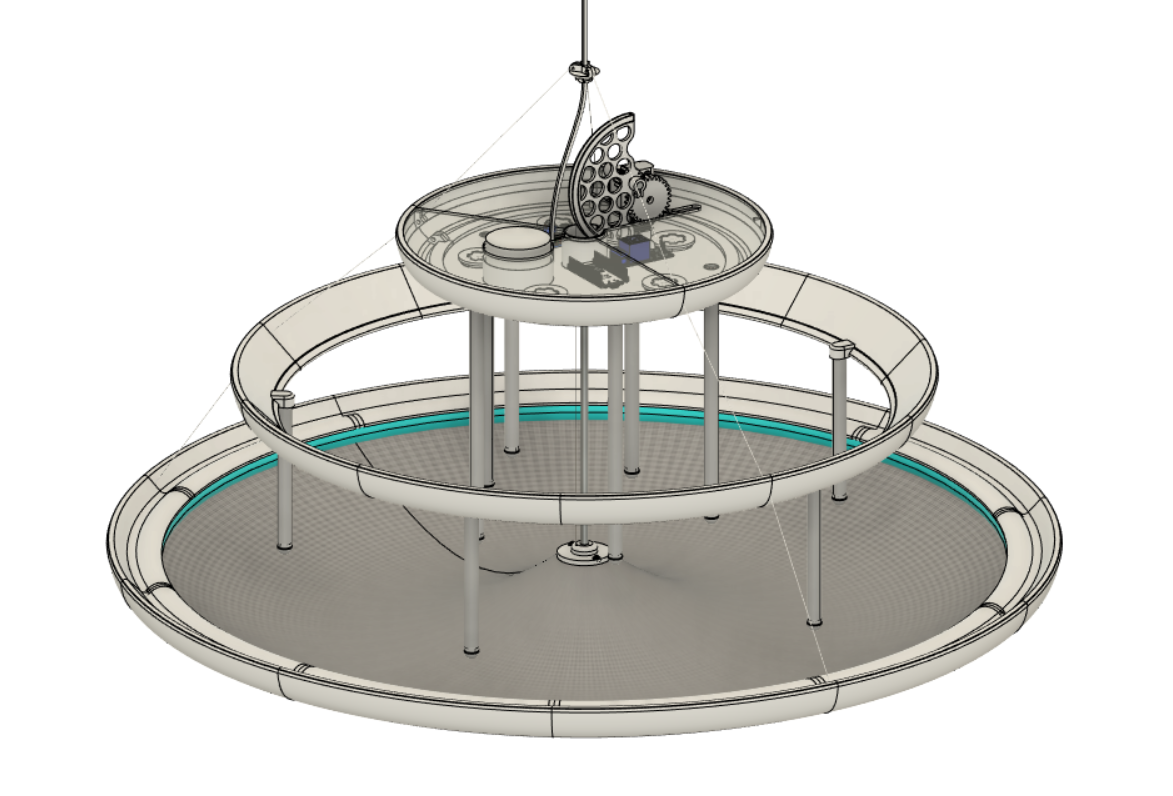The process of making Tempestio
Tempestio (working title ChandAlert) is a semester long project by three second-year ID students - me, Emma and Savanne.
The project was done as a part of the 'New Futures' squad, which is a section of TU/e's ID department dedicated to designing for future challenges, multi-modal interaction, as well as systemic collaboration between projects.
The following page provides a concise overview of the process that lead to the creation of this special chandelier.
